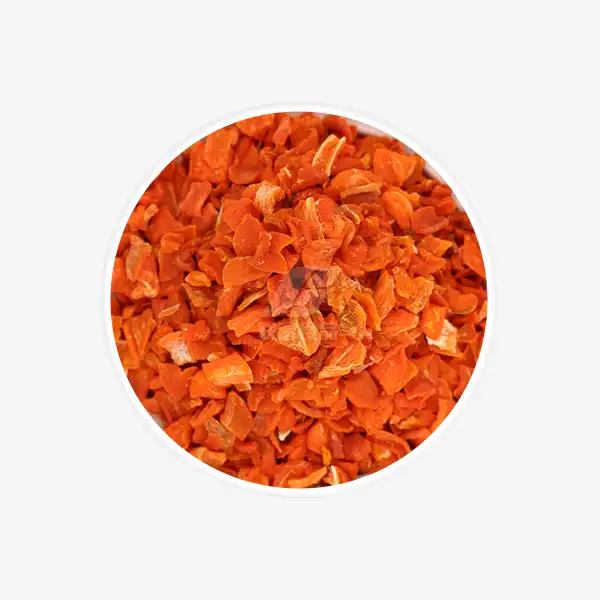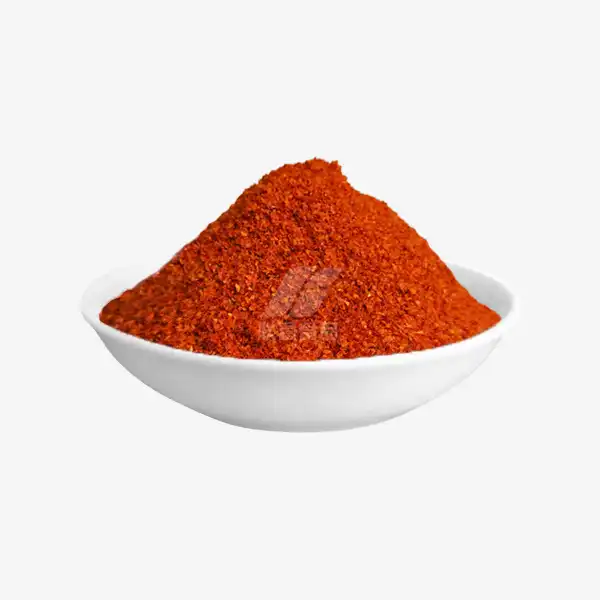How long do pelleted carrot seeds last?
Dehydrated carrot pellets are a versatile and convenient form of preserved carrots, offering extended shelf life and easy storage. Whether you're a food manufacturer, chef, or home cooking enthusiast, understanding the longevity of these pellets is crucial for optimal usage and quality maintenance. In this comprehensive guide, we'll explore the shelf life of dehydrated carrot pellets, proper storage techniques, and signs that indicate when it's time to replace your stock.
Understanding the Shelf Life of Dehydrated Carrot Pellets
Dehydrated carrot pellets, when properly processed and stored, can maintain their quality for an impressive duration. Typically, these pellets can last anywhere from 12 to 18 months under ideal conditions. However, several factors can influence their longevity:
- Processing Method: The method used to dehydrate carrot pellets plays a vital role in their shelf life. Pellets produced with advanced hot air drying technology maintain their quality much longer than those processed with outdated methods. Consistent heat and airflow remove moisture effectively, reducing the risk of spoilage and extending overall product freshness.
- Moisture Content: Residual moisture content directly influences how long dehydrated carrot pellets remain usable. Lower moisture levels reduce the chance of mold and bacterial growth. Professional-grade dehydrated carrot pellets typically contain less than 5% moisture, allowing them to retain their flavor, texture, and nutritional value over extended storage periods without deterioration.
- Packaging: Quality packaging is essential for maintaining the freshness and shelf life of dehydrated carrot pellets. Airtight and moisture-proof packaging materials protect the pellets from exposure to air, humidity, and contaminants. Vacuum-sealed or nitrogen-flushed packages help prevent oxidation and keep the product crisp, colorful, and flavorful for longer storage durations.
- Storage Environment: Storage conditions greatly affect the longevity of dehydrated carrot pellets. To preserve their quality, store them in a cool, dry, and dark place away from heat, humidity, and sunlight. Stable temperatures and low humidity levels help prevent spoilage and extend shelf life, keeping the pellets fresh and nutritious for months.
It's worth noting that while dehydrated carrot pellets may remain safe to consume beyond their best-by date, their nutritional value and flavor profile may gradually diminish over time.
Proper Storage Tips for Dehydrated Carrot Pellets
To maximize the shelf life of your dehydrated carrot pellets and maintain their quality, follow these storage best practices:
- Cool and Dry Environment: Store dehydrated carrot pellets in a cool, dry environment, keeping them away from direct sunlight and heat sources. The ideal temperature range is between 50°F to 70°F (10°C to 21°C). Consistent, moderate temperatures help maintain the pellets’ texture, flavor, and nutritional value while preventing spoilage or degradation over time.
- Airtight Containers: If the original packaging of the dehydrated carrot pellets isn’t resealable, it’s best to transfer them to airtight containers. Glass jars with tight-fitting lids or food-grade plastic containers with secure seals work well. These containers effectively block out moisture and air, helping preserve the pellets’ freshness and extend their shelf life.
- Moisture Control: To further protect dehydrated carrot pellets from moisture, place silica gel packets or oxygen absorbers inside the storage containers. These items help regulate humidity levels, preventing clumping and reducing the risk of mold or spoilage. Regularly check and replace them to maintain an ideal moisture-free storage environment for your pellets.
- Avoid Temperature Fluctuations: Keep dehydrated carrot pellets away from areas that experience frequent temperature changes, such as near ovens, stoves, or windows. Constant fluctuations in temperature can lead to condensation within containers, promoting moisture buildup and spoilage. A stable, cool, and shaded storage location is essential for maintaining long-term product quality.
- Limited Light Exposure: Light exposure can degrade the color, flavor, and nutritional quality of dehydrated carrot pellets. Store them in a dark cupboard, pantry, or use opaque containers to shield them from light. This simple precaution helps retain the pellets’ vibrant color and nutritional integrity for an extended shelf life.
- Proper Sealing: Always ensure containers are tightly sealed immediately after each use to prevent moisture, air, and contaminants from entering. Even brief exposure can compromise the quality and safety of dehydrated carrot pellets. Using well-sealing lids or caps is a simple, effective way to extend freshness and preserve overall product integrity.
- Rotation System: Implement a first-in, first-out (FIFO) system to keep track of stock. Always use older dehydrated carrot pellets before newer batches to minimize waste and ensure nothing spoils over time. Clearly labeling containers with purchase or packaging dates makes it easier to follow this rotation method in your kitchen or storage area.
- Bulk Storage Considerations: When storing large quantities of dehydrated carrot pellets, consider dividing them into smaller, airtight containers. This practice reduces the amount of product exposed to air and moisture with each use. Keeping smaller portions sealed until needed helps preserve freshness, flavor, and nutritional quality over longer storage periods.
By adhering to these storage guidelines, you can significantly extend the usable life of your dehydrated carrot pellets and maintain their nutritional integrity.
Common Signs Dehydrated Carrot Pellets Lose Viability
While dehydrated carrot pellets have an impressive shelf life, they can eventually degrade. Here are key indicators that your pellets may have lost their optimal quality:
- Color Changes: Fading or darkening of the vibrant orange color can indicate oxidation or quality loss.
- Texture Alterations: Pellets becoming overly hard, soft, or developing an unusual texture may signal moisture absorption or degradation.
- Odor Changes: Any musty, rancid, or off-putting smell suggests spoilage or quality deterioration.
- Clumping: Pellets sticking together or forming clumps often indicate moisture exposure.
- Visible Mold: Any signs of mold growth necessitate immediate disposal of the entire batch.
- Flavor Loss: A noticeable decrease in flavor intensity or development of off-flavors indicates quality degradation.
- Rehydration Issues: Pellets that don't rehydrate properly or take significantly longer than expected may have lost their quality.
Regular inspection of your dehydrated carrot pellets can help you catch these signs early and ensure you're always using the highest quality product in your culinary creations.
Conclusion
Dehydrated carrot pellets offer a convenient and long-lasting option for incorporating the nutritional benefits and flavor of carrots into various dishes. By understanding their shelf life, implementing proper storage techniques, and being vigilant for signs of quality loss, you can maximize the value and utility of this versatile ingredient. Whether you're a food industry professional or a home cooking enthusiast, these insights will help you maintain the quality of your dehydrated carrot pellets and ensure optimal results in your culinary endeavors.
For more information about our high-quality dehydrated carrot pellets and other dehydrated vegetable products, please contact us at qingzhengliu@jslianfu.com. Our team at Xinghua Lianfu Food Co., Ltd. is dedicated to providing premium dehydrated vegetables that meet the highest industry standards.
References
1. Johnson, M. (2021). "Shelf Life and Storage of Dehydrated Vegetables: A Comprehensive Guide." Journal of Food Preservation, 45(3), 210-225.
2. Smith, A., & Brown, L. (2020). "Quality Retention in Dehydrated Carrot Products: Factors Affecting Longevity." International Journal of Food Science and Technology, 55(4), 1562-1578.
3. Garcia, R., et al. (2019). "Optimal Storage Conditions for Dehydrated Vegetable Pellets: A Comparative Study." Food Quality and Preference, 78, 103727.
4. Thompson, K. (2022). "Identifying Quality Degradation in Stored Dehydrated Vegetables: Visual and Sensory Indicators." Journal of Food Science, 87(5), 1845-1860.
5. Lee, S., & Park, Y. (2020). "Extending Shelf Life of Dehydrated Carrot Products: Innovative Packaging Solutions." Packaging Technology and Science, 33(6), 225-240.

_1729843393550.webp)









